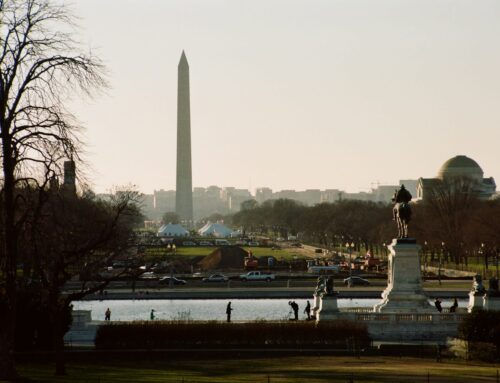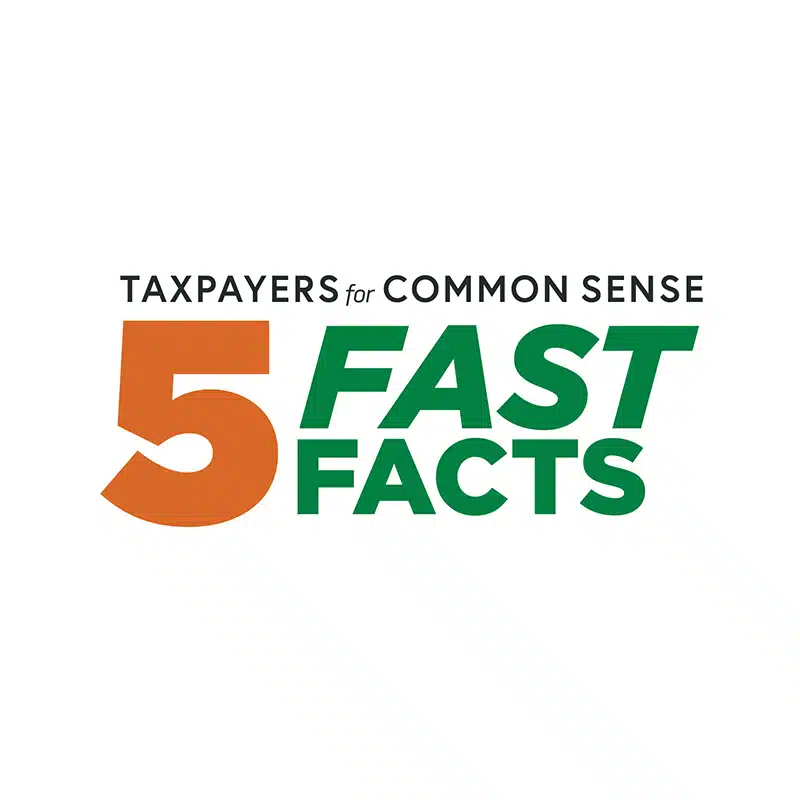The federal trust fund used to pay for toxic waste site cleanups will be flat broke at the end of this month and the costs for cleaning up the nation's most dangerous waste sites may soon be covered by you and me.
Created in 1980, the Superfund trust fund's original funding was generated by a “polluter pays” fee collected from corporations and those who are most often held responsible for toxic waste sites: the oil, resource extraction, and chemical industries. But, since Congress allowed the Superfund tax authorization to expire in 1995, the trust fund balance has slowly dwindled and will be $43 million in the red by the end of the fiscal year on September 30th.
The implications of the depleted funding are massive. A 2001 government-commissioned report estimated that cleaning up the nation's Superfund sites will cost $15 billion through 2009 and it's highly unlikely that those responsible for creating the 1233 toxic waste sites on the National Priorities List are going to suddenly come to their senses and clean up after themselves. So, it's not surprising that the Environmental Protection Agency has asked for a 73 percent increase in general treasury funding for the Superfund program. What is eye-popping, however, is that EPA expects all of this extra money to be handed to them despite the fact that they are unable to tell us how well the Superfund program is performing.
It's a no-brainer to say that cleaning up the nation's most hazardous toxic waste sites is vital, but that doesn't mean that the job shouldn't be performed as efficiently as possible. If anything, with the money available for cleanup getting scarcer by the day, you'd think the EPA would be coming up with ways to get the most bang for their buck. Most states seem to have caught on to this. Over the past 20 years, every single state has given itself the authority to enforce clean-up and almost all of them have established funds to help pay for clean up costs.
The General Accounting Office (GAO) interviewed hazardous waste cleanup officials in 10 states and the majority stated a preference for using their state program when the party responsible for the hazardous waste site is cooperative. Getting a site on the National Priorities List (NPL) takes longer, costs more money, and often comes with more community or political opposition than cleaning it up under a state program. Because the EPA also has stronger enforcement powers, state programs often threaten an NPL listing in order to get a responsible party to cooperate. But, in the event that a responsible party won't cooperate or cannot be identified, odds are that state officials will propose the site for listing on the NPL – especially if the cleanup is likely to cost more than $10 million.
While it is encouraging that an increasing number of toxic waste sites are being cleaned up without having to go through the Superfund program, this also means that the sites being recommended for inclusion in the NPL are getting increasingly complicated and costly. To make matters worse, regional EPA officials expect bankruptcies and state budgetary woes to cause an increase in the number of sites referred to the NPL. In addition, in 2001 the EPA started carrying a backlog of projects that are ready for cleanup but lack funding for construction. Now, they may stop putting some sites on the NPL if funding isn't available for their cleanup. Needless to say, most Americans would probably want a toxic waste site in their backyard to be on the EPA's radar screen – even if there is no funding available to clean it up right now.
Bureaucratic inertia is the first phrase that comes to our mind when trying to describe the EPA's current dilemma. With the number and cost of toxic waste site cleanups growing, and the impending depletion of funds available for cleanup, it was obvious that both Congress and the EPA would have to make some tough decisions. Especially in a time of record budget deficits, the highest priority needs to be placed on funding projects that have proven measures of performance.
It's incumbent upon both the EPA and Congress to make this program work. Superfund can't run on empty, but taxpayers shouldn't have to pay to clean up after polluters. If EPA can manage to develop an effective system of measuring the program's success, Congress needs to figure out a new source of revenue for the program.











Get Social